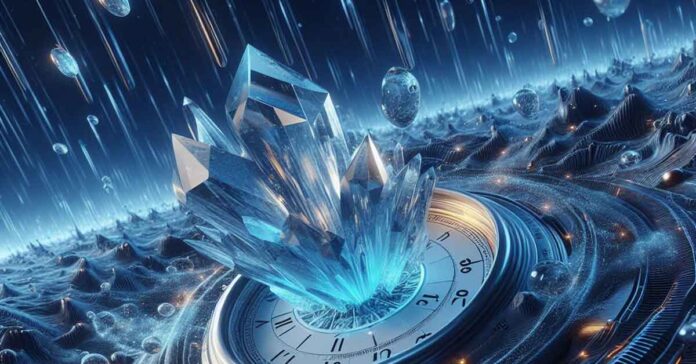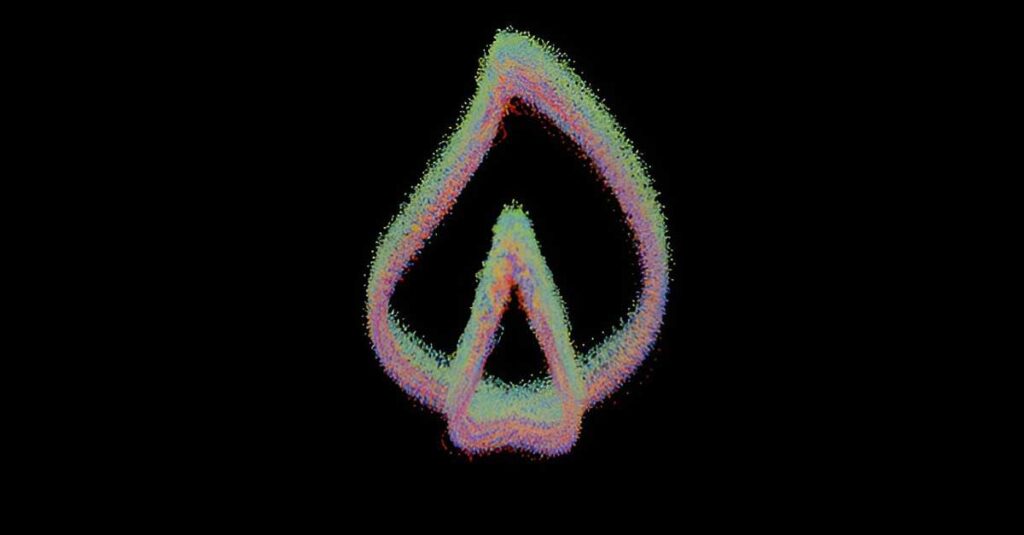You may have heard of crystals, such as diamonds or quartz, that have a regular and repeating pattern of atoms in space. These patterns give crystals their beautiful shapes and properties.
But what if there was a way to create crystals that also have a regular and repeating pattern in time? That is, crystals that change their physical state periodically, without any external influence.
This sounds impossible, right? Well, not according to Frank Wilczek, a Nobel Prize-winning physicist from MIT, who proposed the idea of time crystals in 2012. He argued that, just as physics allows for crystals in space, it should also allow for crystals in time.
However, his idea was met with skepticism and criticism from other physicists, who claimed that time crystals would violate the laws of thermodynamics and break the symmetry between space and time.
But Wilczek was not deterred. He believed that time crystals could exist in nature, and even suggested that they could be used for quantum computing and other applications.
How are time crystals made?
Since Wilczek’s proposal, several experiments have tried to create and observe time crystals in the lab.
The first successful attempt was in 2017, when two groups of researchers independently reported the creation of time crystals using systems of atoms that were periodically driven by lasers or magnetic fields.
However, these time crystals were not exactly what Wilczek had envisioned. They only exhibited a temporal pattern that was twice as long as the driving force, and they required a constant input of energy to maintain their order.
A more faithful realization of Wilczek’s idea came in 2022, when a team of scientists created a time crystal using a Bose-Einstein condensate, a state of matter where atoms behave like a single quantum entity. In this case, the time crystal emerged spontaneously, without any external driving force, and lasted for a few milliseconds.
But the most impressive achievement so far has been made by a team of physicists from TU Dortmund University in Germany, who have recently published their results in Nature Physics.
They have created a time crystal that is not only self-sustaining, but also extremely durable. Their time crystal has a lifetime of at least 40 minutes, which is 10 million times longer than any previous experiment.
How does their time crystal work?
The key to their success is a special crystal made of indium gallium arsenide, a semiconductor material that is commonly used in electronics and solar cells. This crystal has a property called nuclear spin, which is a tiny magnetic moment associated with the nuclei of the atoms.
The researchers used a laser to polarize the nuclear spins in the crystal, creating a state of order and alignment. Then, they observed how this state evolved over time, using a technique called nuclear magnetic resonance.
To their surprise, they found that the nuclear spin polarization started to oscillate periodically, with a frequency that depended on the laser intensity and the crystal temperature. This oscillation was a signature of a time crystal, a state of matter that breaks the symmetry of time.
The researchers also found that they could control the period and the amplitude of the oscillation by changing the experimental parameters. However, if they pushed the system too far, the time crystal would “melt”, losing its periodicity and becoming chaotic.
This chaotic behavior was also interesting, as it revealed the complex dynamics of the system and its sensitivity to external perturbations. The researchers used theoretical tools to analyze and model the chaos, and found that it followed a universal pattern that could be applicable to other systems.
Why are time crystals important?
The discovery of time crystals is not only a remarkable feat of physics, but also a potential source of new applications and insights.
For example, time crystals could be used as quantum memories, storing and processing information in a robust and coherent way. They could also be used as sensors, detecting and measuring tiny changes in the environment.
Moreover, time crystals could help us understand the fundamental nature of time and its relation to space, matter, and energy. They could also shed light on the origin and evolution of the universe, and the possibility of other exotic states of matter.
Time crystals are a new frontier of science, and we are only beginning to explore their mysteries and potentials. As Wilczek said, “time crystals are a new phase of matter, but they are also something much more: they show that the possibilities of nature are richer than we thought.”
More information: A. Greilich et al, Robust continuous time crystal in an electron–nuclear spin system, Nature Physics (2024). DOI: 10.1038/s41567-023-02351-6


